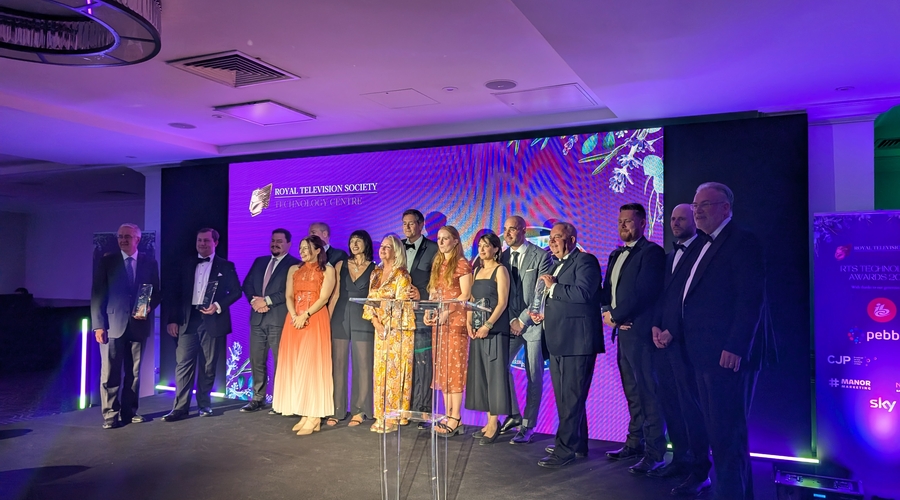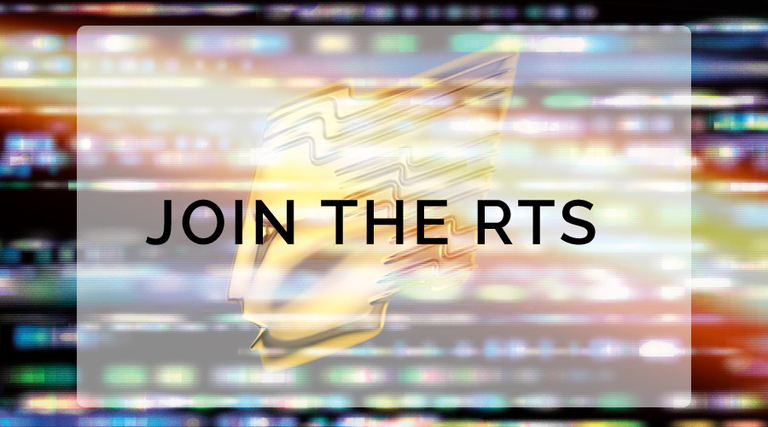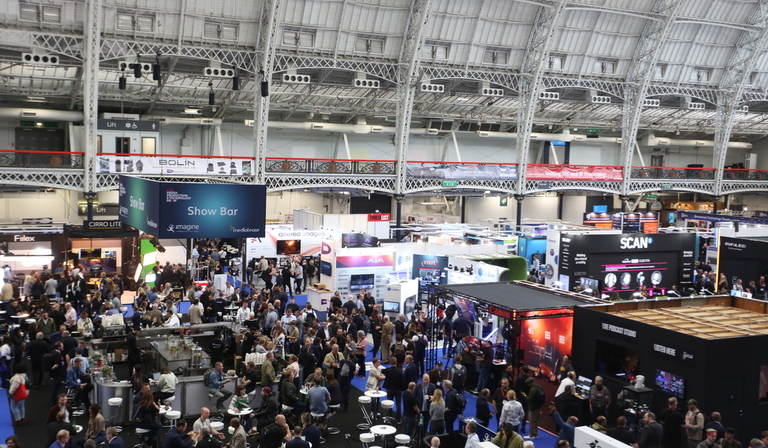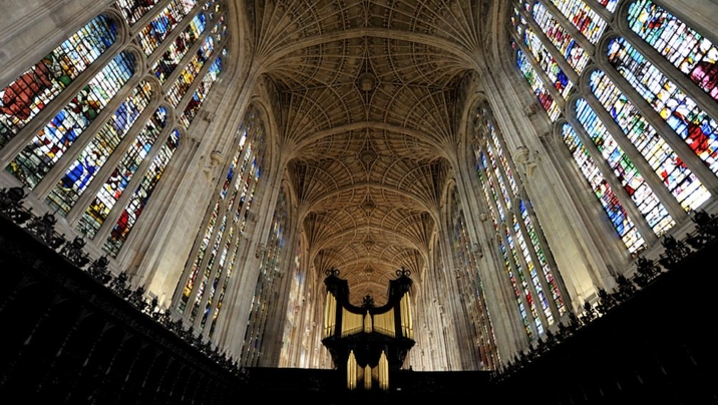The Royal Television Society Technology Centre runs a programme of lectures, workshops, masterclasses, and awards throughout the year. Based in the Thames Valley, the Centre enjoys a membership drawn from both the manufacturing and production communities, and increasingly beyond the local area reaching out across the whole of Great Britain and Ireland.
The Centre is based at the heart of the largest concentration of television technology manufacturing companies in the country, and its membership has a strong technology focus covering a wide range of subjects around the fast changing and converging world of film and TV. At its heart, the Centre seeks to promote a conversation between the technology innovators and the producers, such that they can have a strong relationship to generate maximum understanding and value.
Follow us on Twitter, Facebook and LinkedIn
For more information about upcoming events or to join the Technology Centre, email RTSTechnology@rts.org.uk
Our Mission
Inspire, Educate & Entertain
Technology Centre aims to provide;
Knowledge sharing for those pursuing and advancing careers in media and entertainment technologies.
Bridging the disparity of understanding between technical subjects and real-world application through discussion forums, networking and industry expert talks.
And the centre is committed to simplifying technology and improving accessibility for all.








